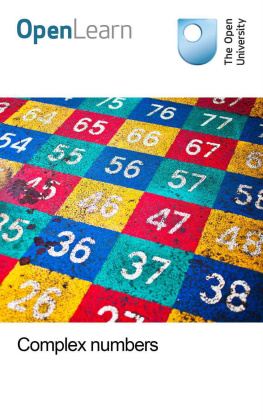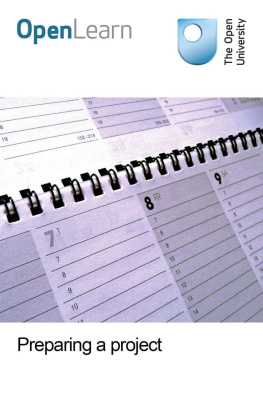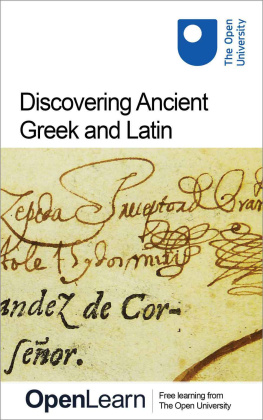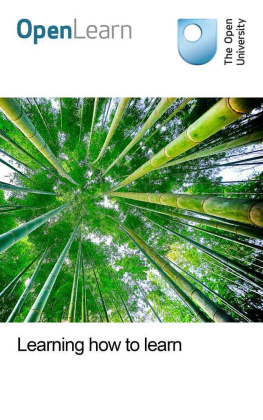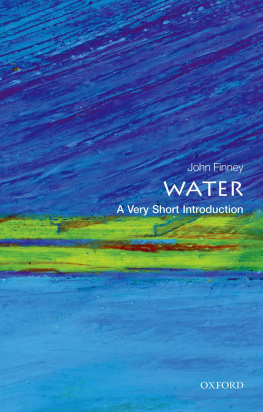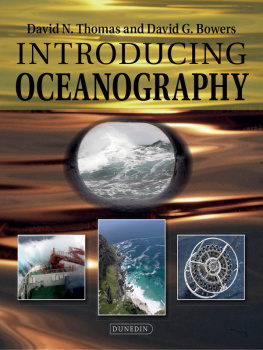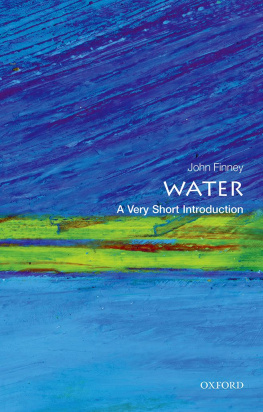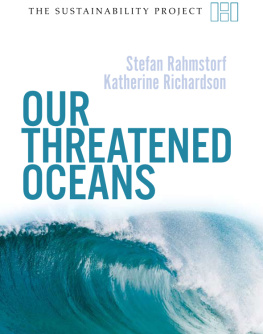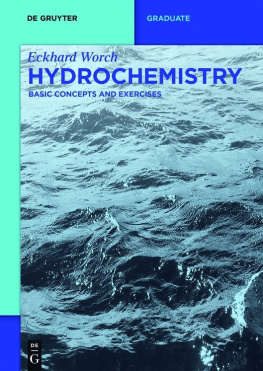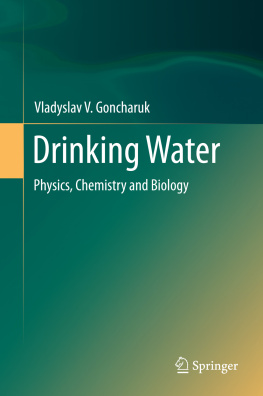About this free course
This free course is an adapted extract from the Open University course Q86 English Literature and Creative Writing: www.open.ac.uk/courses/qualifications/q86.
This version of the content may include video, images and interactive content that may not be optimised for your device.
You can experience this free course as it was originally designed on OpenLearn, the home of free learning from The Open University www.open.edu/openlearn/history-the-arts/culture/literature-and-creative-writing/reading/content-section-0
There youll also be able to track your progress via your activity record, which you can use to demonstrate your learning.
The Open University Walton Hall, Milton Keynes MK7 6AA
Copyright 2016 The Open University
Intellectual property
Unless otherwise stated, this resource is released under the terms of the Creative Commons Licence v4.0 http://creativecommons.org/licenses/by-nc-sa/4.0/deed.en_GB. Within that The Open University interprets this licence in the following way: www.open.edu/openlearn/about-openlearn/frequently-asked-questions-on-openlearn. Copyright and rights falling outside the terms of the Creative Commons Licence are retained or controlled by The Open University. Please read the full text before using any of the content.
We believe the primary barrier to accessing high-quality educational experiences is cost, which is why we aim to publish as much free content as possible under an open licence. If it proves difficult to release content under our preferred Creative Commons licence (e.g. because we cant afford or gain the clearances or find suitable alternatives), we will still release the materials for free under a personal end-user licence.
This is because the learning experience will always be the same high quality offering and that should always be seen as positive even if at times the licensing is different to Creative Commons.
When using the content you must attribute us (The Open University) (the OU) and any identified author in accordance with the terms of the Creative Commons Licence.
The Acknowledgements section is used to list, amongst other things, third party (Proprietary), licensed content which is not subject to Creative Commons licensing. Proprietary content must be used (retained) intact and in context to the content at all times.
The Acknowledgements section is also used to bring to your attention any other Special Restrictions which may apply to the content. For example there may be times when the Creative Commons Non-Commercial Sharealike licence does not apply to any of the content even if owned by us (The Open University). In these instances, unless stated otherwise, the content may be used for personal and non-commercial use.
We have also identified as Proprietary other material included in the content which is not subject to Creative Commons Licence. These are OU logos, trading names and may extend to certain photographic and video images and sound recordings and any other material as may be brought to your attention.
Unauthorised use of any of the content may constitute a breach of the terms and conditions and/or intellectual property laws.
We reserve the right to alter, amend or bring to an end any terms and conditions provided here without notice.
All rights falling outside the terms of the Creative Commons licence are retained or controlled by The Open University.
Head of Intellectual Property, The Open University
The Open University
Bath Colourbooks, Glasgow
978-1-4730-1424-4 (.kdl)
978-1-4730-0656-0 (.epub)
Contents
Introduction
Reading is easy, isn't it?
On any ordinary day without even noticing, you read shop signs, newspaper headlines, TV listings, a magazine, or a chapter of a paperback. So why would a message like this one appear in an online student chat room in the early weeks of a course?

Clearly, reading for higher level study is quite different from everyday reading. The most obvious differences are:
Quantity As a student you can find yourself reading for many more hours a week than usual.
Difficulty Instead of the message slipping easily into your mind, as when you read a newspaper or a paperback, you find yourself having to concentrate to grasp it.
But there are also more subtle differences:
Purpose Instead of reading to pick up information, or to be entertained, with studying your aim is to introduce yourself to new ideas and ways of thinking, which will enable you to understand the world differently.
Active engagement Studying involves actively working with new ideas, not just racing through the words. You have to look for the meaning as you read, asking yourself what is the author trying to say?
Research into how students read (see, for example, Entwistle 1997, p. 19) has shown that to be successful you need to understand these more hidden aspects of the reading process.
This OpenLearn course is an adapted extract from the Open University course Q86 English Literature and Creative Writing.
Learning outcomes
After studying this course you should be able to:
- ask questions to encourage analysis of personal reading material
- think about what the key concepts and issues are
- detach from disagreements with the author's views.
1 The experience of reading
The best way to develop your understanding of the reading process is to follow the principles of the Kolb learning cycle, by doing some reading and then reflecting on your experience. To this end, Activity 1 asks you to read an extract from an article by Richard Layard (2003) titled The secrets of happiness which appeared in the New Statesman. To keep the task manageable I have reduced the article to half its original length and, for ease of reference, paragraph numbers have been added.
It is important that you read the article as a lot of discussion in the course assumes you have done so.
Click here to view Reading 1
Activity 1
First note down the time you start, then print out and read the article The secrets of happiness by Richard Layard. It may be worthwhile to print out more than one copy of the article as you'll be asked several times to make notes on it. As you read, jot down a few thoughts on the first five questions below. Don't skip this note taking - it will help you to reflect on your reading afterwards.
1. What are your feelings about reading the article?
2. Are you experiencing any difficulties as you read?
3. Are there parts of the article you find unclear?
4. Does the article seem interesting? Does it seem worth the time you are spending on it?
5. Where and at what time of day are you doing the reading?
When you have finished reading the article, jot down your answers to these final questions:
6. How long did you take to read it?
7. Did you make any markings on the article as you read it (using a highlighter pen, ballpoint, or pencil), or write notes?
8. In a sentence, what is the article about? (Don't look back, work from memory.)
9. What can you remember from the article? Write down two or three points that stood out for you.


